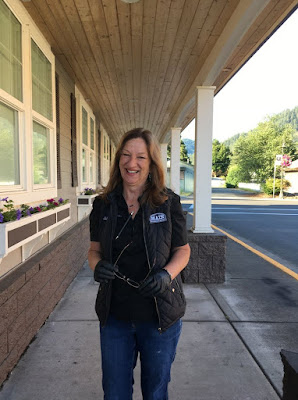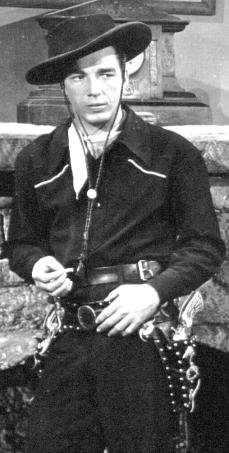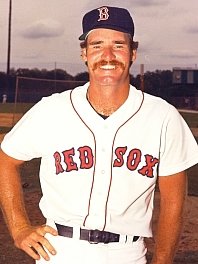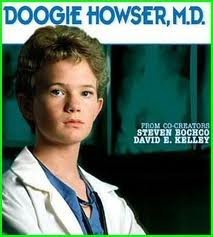
A fire engine (also known in some places as a fire truck, fire lorry or nee-naw) is a road vehicle (usually a truck) that functions as a firefighting apparatus. The primary purposes of a fire engine include transporting firefighters and water to an incident as well as carrying equipment for firefighting operations. Some fire engines have specialized functions, such as wildfire suppression and aircraft rescue and firefighting, and may also carry equipment for technical rescue.
Many fire engines are based on commercial vehicle chassis that are further upgraded and customized for firefighting requirements. They are normally fitted with sirens and emergency vehicle lighting, as well as communication equipment such as two-way radios and mobile computer technology.
The terms fire engine and fire truck are often used interchangeably to a broad range of vehicles involved in firefighting; however, in some fire departments they refer to separate and specific types of vehicle.
The earliest engines were small and were either carried by four men, or mounted on skids and dragged to a fire. As the engines grew larger they became horse-drawn and later self-propelled by steam engines. John Ericsson is credited with building the first American steam-powered fire engine. John Braithwaite built the first steam fire-engine in Britain.
Until the mid-19th century, most fire engines were maneuvered by men, but the introduction of horse-drawn fire engines considerably improved the response time to incidents. The first self-propelled steam pumper fire engine was built in New York in 1841. Unfortunately for the manufacturers, some firefighters sabotaged the device and its use of the first engine was discontinued. However, the need and the utility of power equipment ensured the success of the steam pumper well into the twentieth century. Many cities and towns around the world bought the steam fire engines.
If you want to read a lot more about fire engines, go here:
https://en.wikipedia.org/wiki/Fire_engine
Save time and work by serving up all the tastes of a family favorite rolled into one easy pie. Our Impossible Cheeseburger Pie tastes yummy as can be, and bakes up all at once. How fun is that?!!
- 1 pound ground beef
- 1/2 cup chopped onion
- 1/3 cup ketchup
- 1 tablespoon sweet relish
- 1/2 teaspoon salt
- 1 cup shredded sharp Cheddar cheese
- 3/4 cup biscuit baking mix
- 1 cup milk
- 2 eggs
- Preheat oven to 400º. Coat a (9-inch) glass pie plate with cooking spray.
- In a large skillet, cook beef and onion over medium heat 8 to 10 minutes, stirring occasionally, until beef is brown; drain. Stir in ketchup, relish, and salt. Spread evenly into prepared pie plate, then sprinkle with cheese.
- In a small bowl, stir remaining ingredients with wire whisk until blended. Pour over top.
- Bake 25 to 30 minutes, or until knife inserted in center comes out clean.
And births this date include....
HOW TO OBSERVE
- Think of a few happy moments that automatically generate a smile for you. You know, those moments where you belly laughed until your stomach hurts or a time when you were so pleased with yourself your face hurt from smiling. Keep those memories handy and use them to help you smile more often.
- Save a couple of short jokes that are just so silly you can’t help but smile. Tell them to others, too. The best ones are simple children’s jokes or riddles that play on words.
- Learn Spoonerisms. This fun way of swapping letters in two words in a phrase to make new words make people stop and think. And then they smile and so will you! An example of a Spoonerism is instead of ordering peas and carrots at a restaurant you say, “I’ll have the keys and parrots.”
- Make a list of the things you’re grateful for. Which ones make you smile? Keep the list handy and refer to it often. Add to it and feel your smiles add up.





















